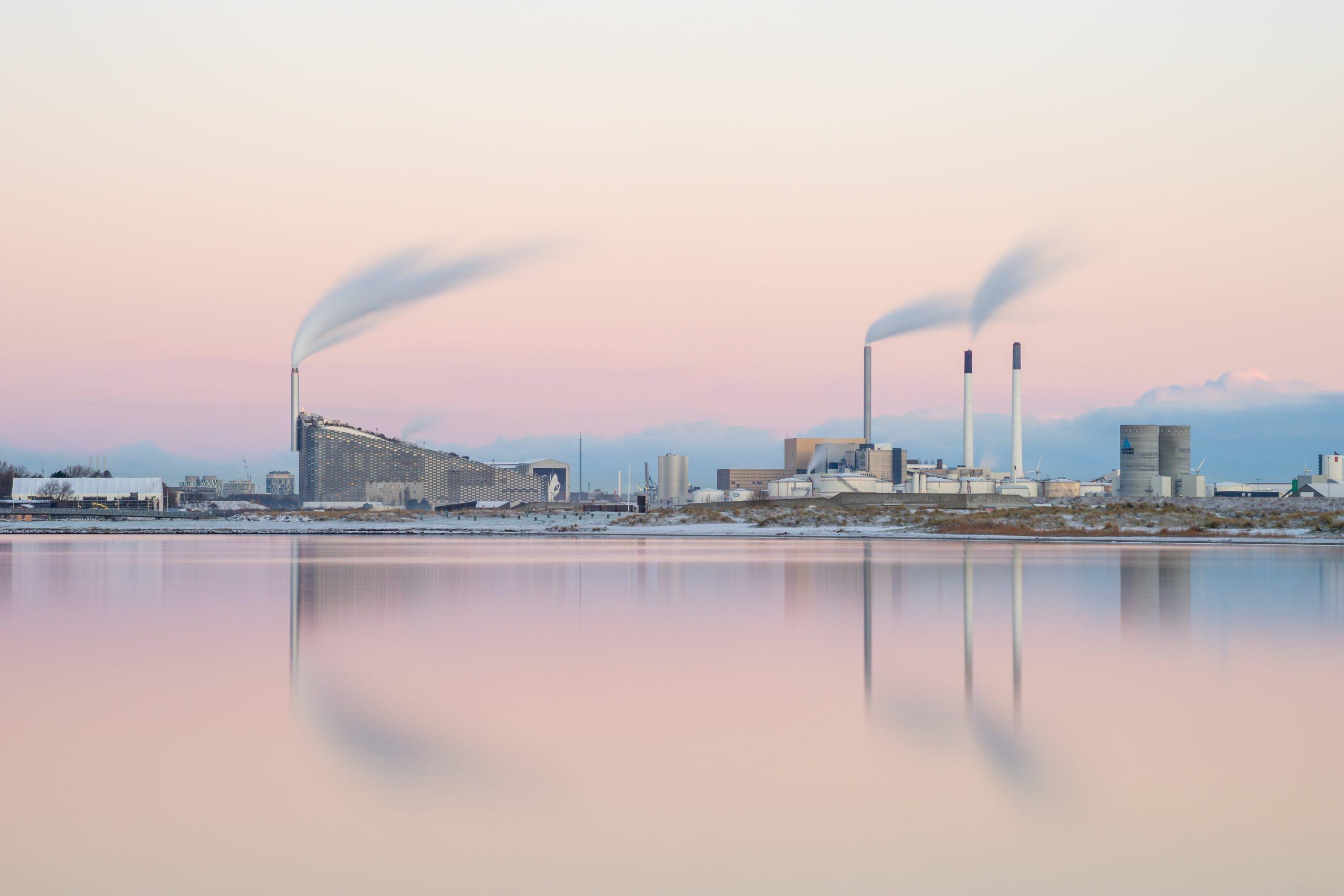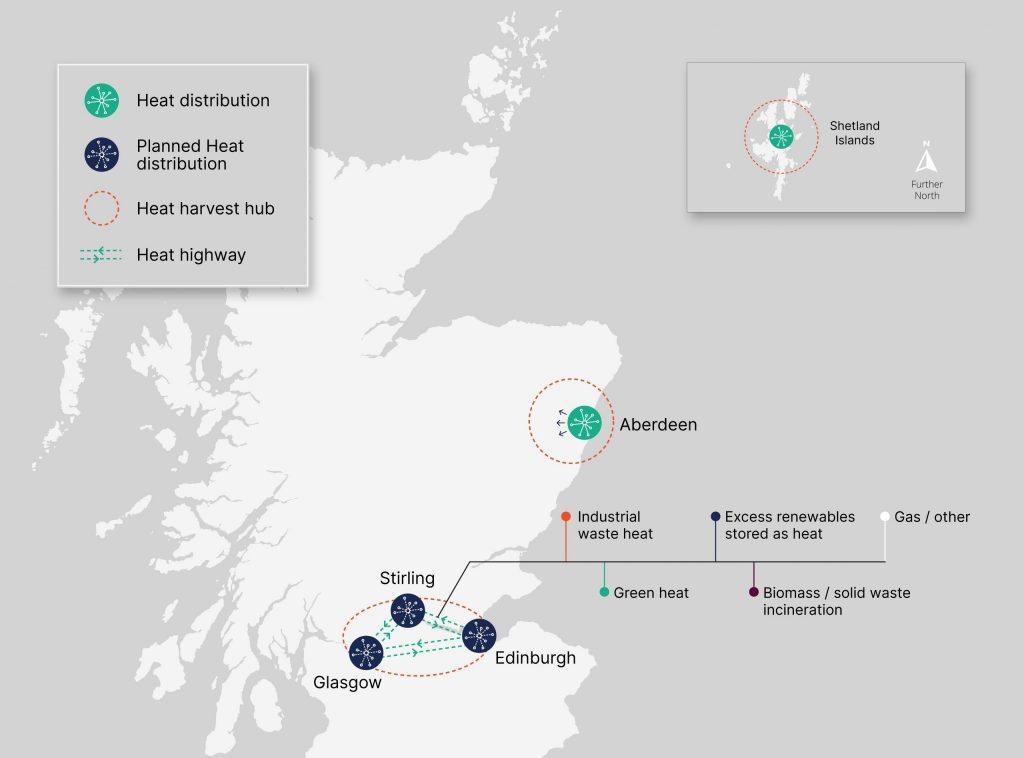From the last few years alone, it’s evident that building a more prosperous, equitable, and sustainable United Kingdom requires rethinking our approach to heating. Around half of the UK’s energy is used to generate heat, a large share of which is required for space and water heating in our homes. But while the scale of this challenge may be daunting, at least it’s clear what we need to do: dramatically lower our heat’s cost and carbon intensity, reduce our dependence on natural gas, eliminate fuel poverty, and build a new economy for a post-Brexit, post-COVID world.
And the need could hardly be more urgent. The UK charity National Energy Action estimates around 7.5 million households are now in fuel poverty – almost twice as many as just three years ago. And from Aberdeen to Plymouth, there’s growing concern the problem will only get worse before it gets better.
In response, there’s no shortage of potential solutions being thrown around, almost all of which lack any vision beyond the next election cycle or meaningful commitment to sustainability. For example, some fossil fuel players are aggressively promoting gas-derived ‘blue’ hydrogen as a silver bullet, despite relying on completely unproven carbon capture and storage technology. Under the guise of decarbonisation, plans are underway to blend small amounts (up to 20%) into existing gas networks. But despite the hype, this approach will barely reduce emissions and, unsurprisingly to the more cynical among us, may actually make heating more expensive. Hydrogen indeed has a valuable role to play in a net-zero future, but burning it in our homes for heating and cooking is not one of them.
In the age of abundance, we have forgotten the age-old mantra of ‘waste not, want not’ that has served us so incredibly well. If we desperately need clean, low-cost heat – why do we squander so much of what we already produce? Ours isn’t so much an energy crisis as an energy-waste crisis.
Harnessing our largest untapped heat resource
Thankfully, there’s a solution to our heating problem that’s abundant, immune to geopolitical tensions, creates no carbon emissions, and requires no new power generation: industrial waste heat. Data centres, power stations, supermarkets, factories, sewage plants, abattoirs, and waste incinerators are just a few industries generating incredible amounts of waste heat – all of which currently disappears into the ether.
Many other parts of the world are already waking up to waste heat’s incredible potential. A recent study by global engineering giant Danfoss found that excess heat generated in the EU could supply heating and hot water to all residential and commercial buildings, declaring it ‘…the world’s largest untapped source of energy’. Most waste heat can be captured with existing heat recovery technologies and delivered to homes and businesses via efficient, low-cost heat networks. These already supply around 3% of the UK but have the potential for up to 18%, according to the Climate Change Committee.

Honouring our industrial legacy
The UK boasts a proud heritage of canals, railroads, and highways: visionary infrastructure projects that elevated our industrial sectors – not to mention our quality of living – to levels that initially seemed impossible. If we’re serious about making our heating green, affordable, and sustainable, we can continue this tradition by building expansive, inter-city heat networks known as heat highways. They can capture waste heat from commercial and industrial customers and transport it directly to large population centres, just like the gas grid distributes natural gas today.
Instead of relying on millions of individual gas boilers or costly electric systems, heat highways can form the new backbone of a national heating network – capturing zero-carbon waste heat at the source and transporting it to where it’s needed most. The thought of a home in Liverpool using clean, affordable heat from a data centre in Manchester may seem far-fetched, but once these regions are connected to a shared heat utility, it’s entirely possible.
Additionally, if UK businesses have learned nothing else from the Russian gas crisis, it’s that heating costs alone can be the difference between success and failure. Embracing a sustainable national heating strategy would make local businesses more competitive and attract foreign investors back to the UK.
A ‘big picture’ approach to heating
To complement these heat networks, many areas surrounding our larger cities, such as traditional coal mining towns, can also house large-scale heat storage pits. Already common in Scandinavia, these simple, water-filled pits collect excess heat when it’s freely available and discharge it back to the network when needed. Similar to how large-capacity batteries are accelerating the growth of solar and wind, heat storage pits enhance the performance and reliability of heat networks, driving down costs for consumers.
Ultimately, we can build heat highways as part of a broader ‘green heat grid’ approach (also called ‘sector coupling’) that connects our heating and cooling, transport, heavy industry, and power generation sectors. This unified approach can kick-start a green industrial revolution and become an incredible driver of job growth.
Building on a tried-and-tested Danish concept
The notion of inter-city heat highways might be incredible, but it’s not new. Around a hundred years ago, Denmark started building large-scale heat networks powered by waste heat from electricity production. Today, heat highways connect many of the country’s major population centres. And the result? The Danes pay just a fraction of the UK’s energy prices and have virtually eradicated fuel poverty – all while enduring far harsher winters.
But despite the overwhelming success of their district heating systems, the Danish will admit one fundamental flaw: they didn’t think big enough. If we really want the UK to flourish, we must confidently embrace our ambition until we have succeeded where others have come up short. Yes, designing and building heat highways will be challenging and require broad-scale policy changes, but maintaining the energy status quo is what has created this problem in the first place. It’s time for the UK to follow the most intelligent path forward, not just the easiest one.
The UK’s energy future is in our hands
In the face of skyrocketing energy costs and looming net zero targets, harnessing clean, low-cost waste heat is a practical and necessary solution. The good news is we already have all the required technology, skills, and engineering capacity; what we need is the vision – and political will – to get the wheels in motion. To that end, we must make it clear to councils, MPs, and government authorities that building heat highways is a critical pillar of the green energy transition we can’t afford to ignore.
After persisting through intense headwinds in recent years, we have a remarkable opportunity to take control of our energy future. And, like the canals and railroads of the past, heat highways can become another proud example of the UK taking a bold step forward – and improving life for all generations to come.
Heat map image courtesy of the Scottish Government.
